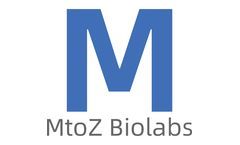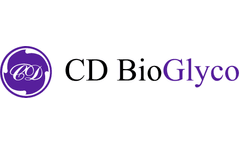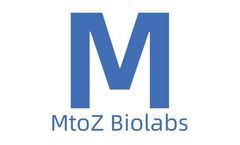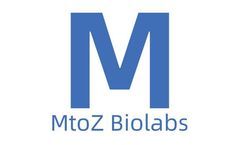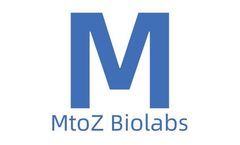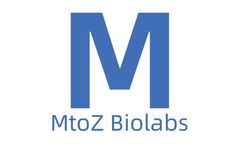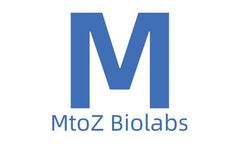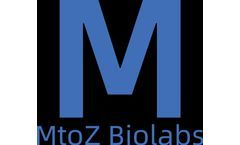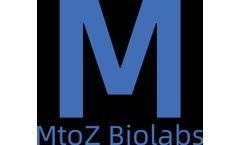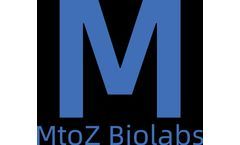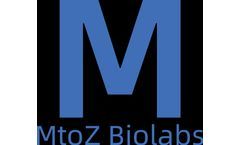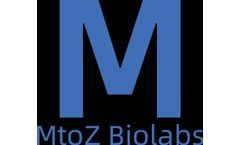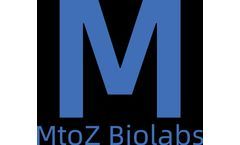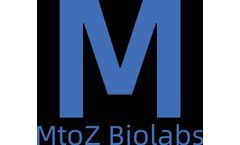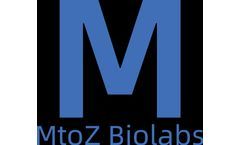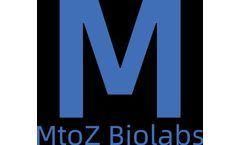Refine by
Mass Spectrometry Articles & Analysis: Older
94 articles found
High-Performance Liquid Chromatography (HPLC)(1) HPLC can be used to quantitatively analyze various components in the medium, such as amino acids, sugars, vitamins, and other small molecules.(2) This technique provides high resolution and can separate and quantify individual components in complex mixtures.2. Mass Spectrometry (MS)(1) Mass ...
l Enhanced Detection Methods: New techniques, such as surface plasmon resonance (SPR) and mass spectrometry, may be integrated into microarray platforms to improve sensitivity and resolution in detecting glycan-protein interactions. ...
For instance, High-Performance Liquid Chromatography (HPLC) and Capillary Electrophoresis (CE) can be used to analyze the types and quantities of proteins and amino acids; Gas Chromatography (GC) and Mass Spectrometry (MS) can be used to analyze the composition of sugars and lipids; various biochemical analysis methods can be used to measure the content of growth ...
Proteomic AnalysisLiquid chromatography-tandem mass spectrometry (LC-MS/MS) can be used to identify and quantify collagen, such as labelled (like isotope labelling) or label-free (like label-free quantification) methods.2. Targeted QuantificationMultireaction monitoring (MRM) or high-resolution accurate-mass (HRAM) mass ...
For example, some proteins may be upregulated or downregulated in health and disease states, or between normal and treated cells.Detection MethodsThe most commonly used technique is mass spectrometry, particularly liquid chromatography-tandem mass spectrometry (LC-MS/MS). ...
Western BlotThis uses phosphorylation-specific antibodies to detect the level of specific phosphorylation sites in protein samples.2. Mass SpectrometryThis detects phosphorylated peptides in protein samples through mass spectrometry technology, providing precise locations and quantitative information about phosphorylation sites.3. ...
Secretome field aims to have a comprehensive understanding of the properties and functions of these proteins in order to study relevant issues in the fields of biology and medicine:Identifying Secreted ProteinsTechniques such as mass spectrometry can be used to identify and quantify the proteins secreted by cells, thereby understanding their types and relative ...
However, it relies on the availability and specificity of antibodies and may not detect all HCPs.2. Mass SpectrometryMass spectrometry provides a more comprehensive HCP analysis method, allowing researchers to identify and quantify individual HCPs, even at very low concentrations.3. ...
This increased degree of glycation may lead to changes in the function of collagen, thereby affecting the normal function and structural integrity of tissues.How to Detect Glycated Collagen?1. Mass Spectrometry AnalysisMass spectrometry technology can be used to identify and quantify the glycation sites of collagen. ...
These forms of glycosylation affect protein folding, stability, and distribution.Methods and Techniques for Glycosylation Site DetectionTraditional glycosylation site detection methods include mass spectrometry analysis and Western blotting. Mass spectrometry can accurately identify glycosylation sites, while Western blotting is ...
This method can qualitatively determine whether a protein is acetylated, but is not suitable for locating specific acetylation sites.Mass Spectrometry (MS)Mass spectrometry is the gold standard for determining acetylation sites in proteins. After enzymatic digestion of protein samples, mass spectrometry is used ...
In addition, Immunoprecipitation (IP) technology can be used to form a complex of FcRn and drug recombinant protein by using a specific antibody to bind them, detecting the formation of the complex, and then using mass spectrometry to verify the formation of the complex and quantitatively analyze the interaction of the drug with FcRn.MtoZ Biolabs provides ...
Among them, High-Performance Liquid Chromatography (HPLC) is the most commonly used detection method, which can effectively separate and quantitatively analyze glycosylated impurities, with simple operation and good repeatability. In recent years, Mass Spectrometry (MS) has also been widely used in the detection of glycosylated impurities, especially in ...
Furthermore, changes in the mitochondrial proteome may be associated with certain diseases, including neurodegenerative diseases, cancer, heart disease, diabetes, and genetic disorders.Methods of Mitochondrial Protein SequencingMitochondrial protein sequencing typically involves the following steps: firstly, scientists need to extract the mitochondria from cells and isolate the proteins. Then, ...
Biological activity analysis can help predict and evaluate these risks, ensuring patient safety.Mass spectrometry, as a highly efficient and sensitive analytical technique, plays an important role in the biological activity analysis of ADC drugs. It can provide detailed information about the structure, composition, and metabolism of ADC drugs, thereby revealing the key mechanisms ...
Here we discuss the key tools and techniques used for ADC characterization. Mass Spectrometry (MS) Mass spectrometry is indispensable in the field of ADC characterization due to its ability to provide detailed information on the molecular composition and structure of ADCs. ...
This technology identifies the diversity and specificity of T cells by measuring the sequences of the rearrangement regions of the TCRβ chain or α chain genes.(1) Sample Preparation: Total RNA or DNA is extracted from blood, tissue, or other samples enriched with immune cells.(2) Amplification: PCR amplification is performed using specific primers for multiple regions of the TCR genes, increasing ...
This technique can help estimate the size and purity of a protein and is a standard method for initial protein sample detection.2. Mass SpectrometryMass spectrometry is a powerful tool for analyzing protein sequences and performing structural identification. ...
Finally, the presence of ubiquitinated proteins is determined by detecting the labeled antibodies.Mass SpectrometryMass spectrometry can provide more detailed and accurate information, including ubiquitination sites and types of ubiquitin chains. Firstly, the protein sample needs to be enzymatically digested, and then the ubiquitination site is analyzed by liquid ...
Subsequently, different 5' end structures are identified by liquid chromatography-mass spectrometry (LC-MS), and the capping rate is calculated.(2) CharacteristicsHigh resolution and accuracy; but this method requires high quality and purity of the sample, and is easily affected by enzyme activity. It is not suitable for some complex and easily degradable ...

